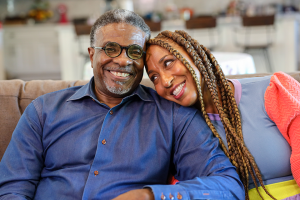History
Founder of first all-Black Motorcycle Club Tobie Gene Levingston Leaves Behind Legacy
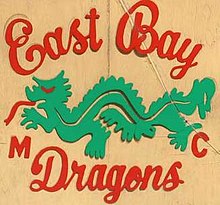
OAKLAND — Tobie Gene Levingston, who founded the East Bay Dragons as the Bay Area’s first all-Black motorcycle club and one of the nation’s first, died Tuesday, July 7 of natural causes. He was 86.
Born June 30, 1934, in Lillie, Louisiana, Levingston was one of 10 children raised by sharecropper parents who moved to the Bay Area in the early 1950s, settling in East Oakland’s Brookfield Village neighborhood.
While work remained relatively plentiful in post-war Oakland’s factories and foundries, Levingston initially began a car club as a way to help keep his family out of harm’s way.
As a member put it last year in the run-up to the club’s 60th-anniversary celebration, back then young Black men could still quickly find themselves getting into trouble if they didn’t stay busy, and Levingston thought he and his brothers needed a hobby.
The club took up the “Dragons” name in 1958, before switching over to motorcycles, which were cheaper and drew less attention from police, as Levingston wrote in his classic memoir “Soul on Bikes: The East Bay Dragons MC and the Black Biker Set.”
Over more than six decades as club president, Levingston rode alongside the club’s members and rubbed shoulders with famous figures like the Hells Angels’ Sonny Barger and members of the Black Panthers. The club moved in and out of garages and warehouses before buying a hall in the 8700 block of then-East 14th Street in 1977.
The East Bay Dragons built a reputation as family men who owned homes, cars and had steady jobs, supported each other with skill-networking and contributed to regular charity drives, “love runs,” Thanksgiving-turkey donations, and Christmas family-adoption and gift-giving, as well as yearly Labor Day weekend fundraisers.
On Wednesday, the club shared news of Levingston’s passing and asked well-wishers to keep Levingston’s wife and children and club members in their prayers, saying: “Rest in Heaven, Pres.”
That reputation made Levingston’s club a pillar of cycling culture, regularly paid tribute to in fictionalized references, and by celebrities like former “Tonight Show” host Jay Leno, who shared a video clip of a recent clubhouse visit last week for his “Jay Leno’s Garage” CNBC show.
In a series of social-media posts Wednesday night, Oakland Mayor Libby Schaaf praised Levingston’s legacy.
“From always feeding the community and supporting generations of East Oaklanders, to hosting my very first Budget Town Hall as Mayor and proudly escorting Hammer and me in Warriors victory parades, the East Bay Dragons have been a constant source of service and pride for Oakland,” Schaaf said in part.
“Mr. Levingston built the East Bay Dragons Motorcycle Club on the values of community, family, and the tight bonds of brotherhood. He is an Oakland treasure that will be sorely missed. May he rest — and ride — in peace.”
He is survived by his wife Ernestine, his three brothers Jonas, Joe Louis and Vic, and his three daughters Billie Simmons, Debrah Giles and Angela Killingsworth.
Friends and family members are planning a viewing 11 a.m. to 5 p.m. July 24 at the East Bay Dragons clubhouse, 8731 International Blvd., in Oakland, and outdoor funeral services at 10 a.m. July 25, at Acts Full Gospel Church, 1034 66th Ave., in Oakland. He will be interred immediately after at Rolling Hills Memorial Park, 4100 Hilltop Drive, in Richmond. Flower arrangements may be sent to Acts Full Gospel Church the morning of the service.
Arts and Culture
Richmond Preps for Full Weekend of Cinco de Mayo Festivities
Cinco de Mayo festivities in Richmond and San Pablo are some of the bests in Bay, and organizers say that tradition will be alive and well at this weekend’s annual parade and festival. The action kicks off Saturday, May 4, with the 16th Annual Cinco de Mayo Richmond/San Pablo Peace & Unity Parade. The parade of floats, performances, and community organizations starts at 10 a.m. at 24th Street and Barrett Avenue and Richmond and ends at 12:30 p.m. at St. Paul’s Church, 1845 Church Lane in San Pablo.
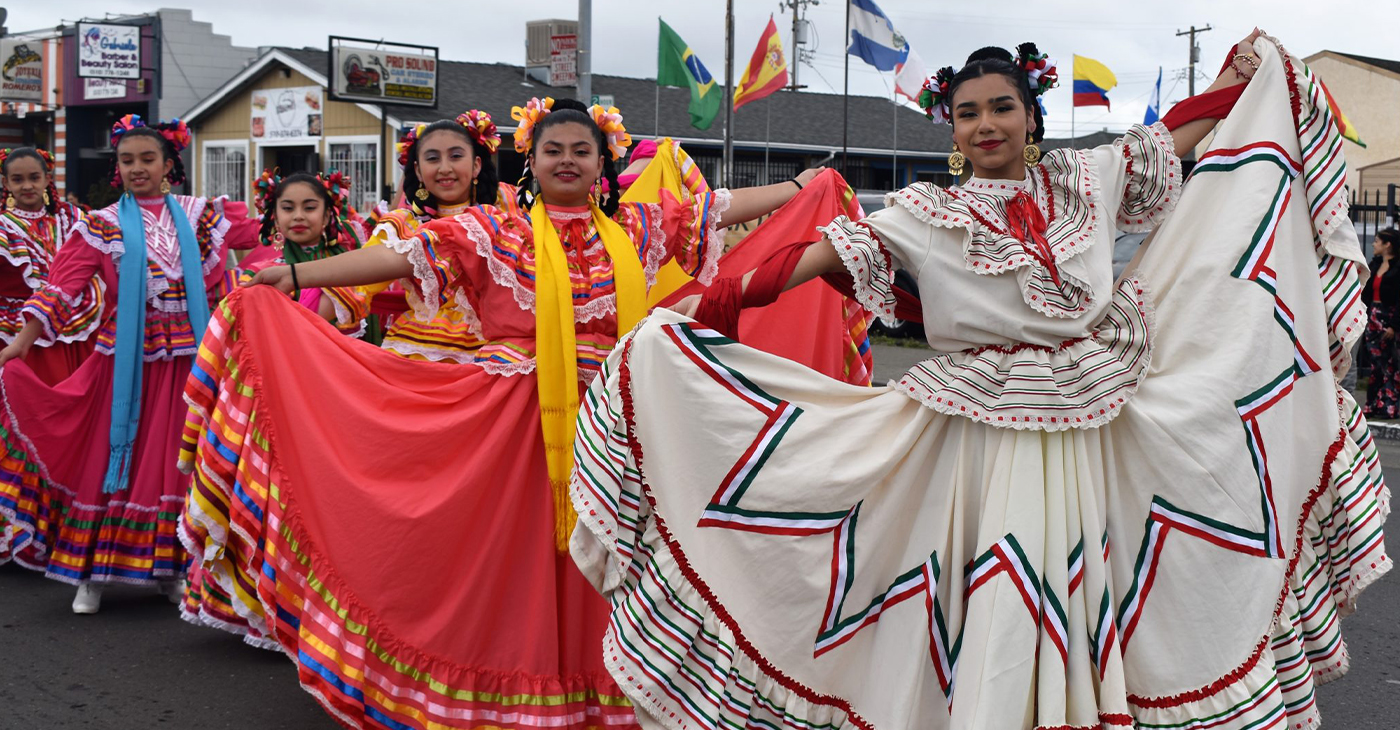
By Mike Kinney
The Richmond Standard
Cinco de Mayo festivities in Richmond and San Pablo are some of the bests in Bay, and organizers say that tradition will be alive and well at this weekend’s annual parade and festival.
The action kicks off Saturday, May 4, with the 16th Annual Cinco de Mayo Richmond/San Pablo Peace & Unity Parade. The parade of floats, performances, and community organizations starts at 10 a.m. at 24th Street and Barrett Avenue and Richmond and ends at 12:30 p.m. at St. Paul’s Church, 1845 Church Lane in San Pablo.
The parade’s Grand Marshall this year will be community organizer Diego Garcia, owner of Leftside Printing.
The festivities continue Sunday with the Cinco de Mayo Festival along 23rd Street, which last year drew over 100,000 people, according to the 23rd Street Merchants Association. This year’s festival will again run from 10 a.m. to 5 p.m. between the intersections of Rheem Avenue and Clinton Avenue. It will feature two entertainment stages, one sponsored by La Raza 93.3 FM at 23rd and Rheem, and another sponsored by Radio Lazer FM at 23rd and Clinton.
Both events are important for the city and the region’s Latino community.
San Pablo Mayor Genoveva Calloway, who co-chairs the parade alongside John Marquez, president of the Contra Costa Community College District Board of Trustees, says Saturday’s festivities are about bringing the Richmond and San Pablo communities together in unity.
“This truly connects the spectators and people in the parade as one,” Calloway said. “The parade showcases the real communities of Richmond and San Pablo – our nonprofits, schools, horse riders, classic cars and trucks, our local businesses. All of these people represent the heartbeat of our community.”
Rigo Mendoza, vice president of the 23rd Street Merchants Association, said that at its heart, Richmond’s Cinco de Mayo Festival celebrates the date the Mexican army’s victory over France at the Battle of Puebla on May 5, 1862.
But John Marquez started up the popular festival to bring the community together and also to exhibit the community’s businesses and culture to visitors, Mendoza said. The gathering was also a way to promote peace in the community.
California Black Media
Cinco De Mayo: Five Interesting Facts You Should Know About the Popular Mexican American Holiday
To explore the historical significance of Cinco De Mayo, we step back to the origins of the commemoration, share how some Mexican American Californians regard it and trace how it has morphed into the celebrations we see today.
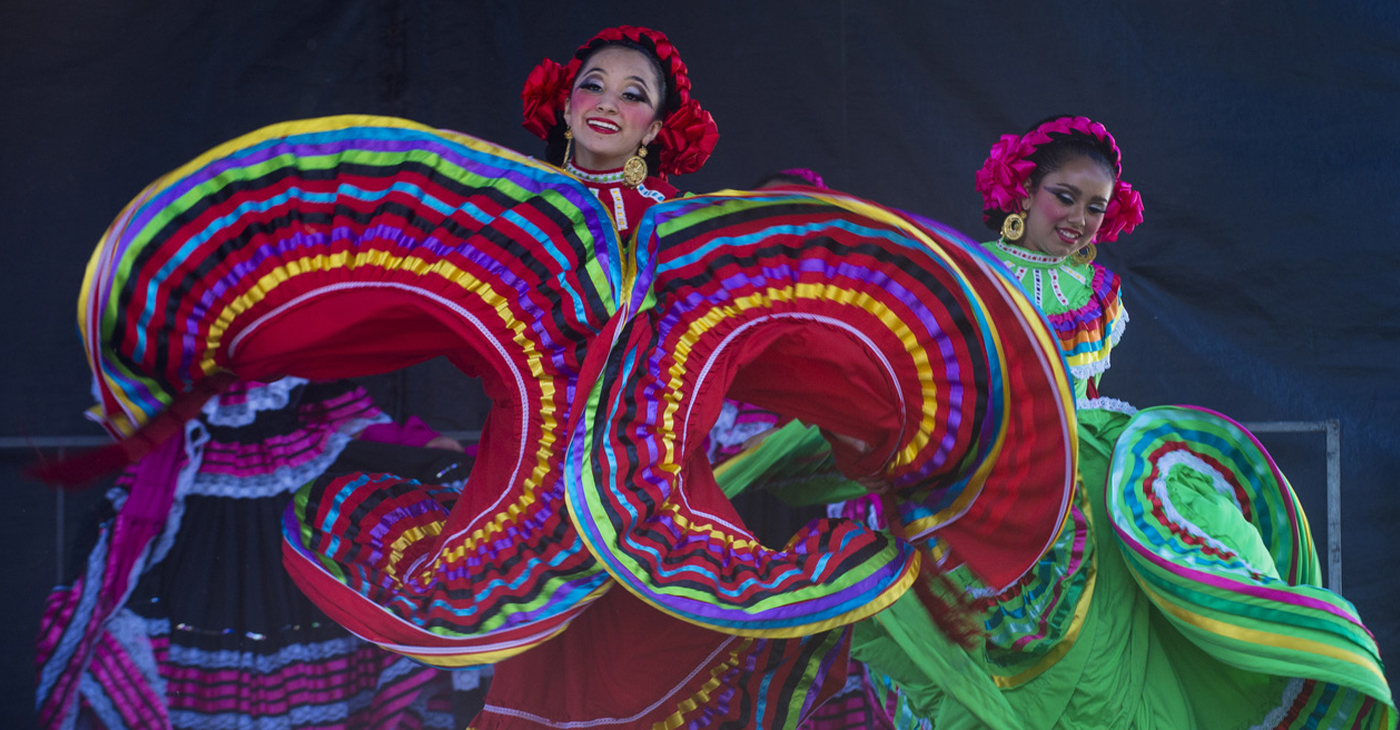
By Edward Henderson, California Black Media
To explore the historical significance of Cinco De Mayo, we step back to the origins of the commemoration, share how some Mexican American Californians regard it and trace how it has morphed into the celebrations we see today.
Celebrations in the United States began in 1862 in Columbia, California, a small town located in the foothills of the Sierra Nevada in Tolumne County, according to that town’s website.
Today, millions of Americans celebrate Cinco De Mayo annually with 120 official celebrations organized across the United States.
This day has become a cultural point of pride for Mexican Americans and other Latino communities in the United States. It serves as a time to affirm and celebrate their cultures with other Americans of all backgrounds as they highlight their contributions to American history and society.
Joseph Soltero, a Mexican American living in Escondido, shared his perspective on Cinco de Mayo with California Black Media. He learned about Cinco De Mayo from his grandfather and talked about the extent to which his family and San Diego County community celebrate the holiday.
“We knew September 16 was really Mexican Independence Day, but kids in my school would always mistake Cinco De Mayo as our Independence Day. [Cinco De Mayo] is not really even a Mexican holiday,” said Soltero. “It’s something people do to have an excuse to buy drinks, have fun and spend a little money at taco shops.”
Like Soltero, many Mexican Americans (and other Latino Californians) do not take the support and solidarity they receive from people of other races on Cinco De Mayo for granted. They also appreciate when people take the time to learn about the cultural significance of the day and avoid some of the cultural tropes that can easily whisper undertones of racism.
To help raise your awareness about the origins and cultural significance of the day, here are 5 little known facts about Cinco De Mayo:
- Cinco De Mayo is not Mexican Independence Day. It is the anniversary of the Battle of Puebla. This military victory on May 5, 1862, over the French forces of Napoleon III was hailed as a symbol for Mexican resistance to foreign influence.
- The holiday was not given much historical significance outside of Puebla, and it has not been celebrated on a large scale in Mexico. However, during the Civil War, Mexican Americans in California, Oregon and Nevada who supported the Union drew inspiration from the victory over the French-backed Confederate forces.
- The Chicano civil rights movement in the 1940s gave a new energy to celebration of the holiday in the United Sates as a symbol of national pride.
- In the 1980s and 1990s, beer companies’ marketing strategies targeted Mexican Americans by encouraging them to celebrate their heritage – and Cinco De Mayo –with Coronas, Bud Light, and Dos Equis. This created the perceived connection between Cinco De Mayo, alcohol, and merrymaking.
- Los Angeles hosts the largest Cinco De Mayo celebration in the country.
As we join Mexican American Californians to celebrate Cinco De Mayo next week, let’s deepen our cultural understanding.
Let’s use this occasion to commit to learning more about our neighbors, colleagues and friends of other races and ethnicities.
This resource is supported in whole or in part by funding provided by the State of California, administered by the California State Library in partnership with the California Department of Social Services and the California Commission on Asian and Pacific Islander American Affairs as part of the Stop the Hate program. To report a hate incident or hate crime and get support, go to CA vs Hate.
Commentary
Opinion: Lessons for Current Student Protesters From a San Francisco State Strike Veteran
How the nation’s first College of Ethnic studies came about, bringing together Latino, African American and Asian American disciplines may offer some clues as to how to ease the current turmoil on American college campuses over the Israel-Hamas war. After the deadline passed to end the Columbia University encampment by 2 p.m. Monday, student protesters blockaded and occupied Hamilton Hall in a symbolic move early Tuesday morning. Protesters did the same in 1968.
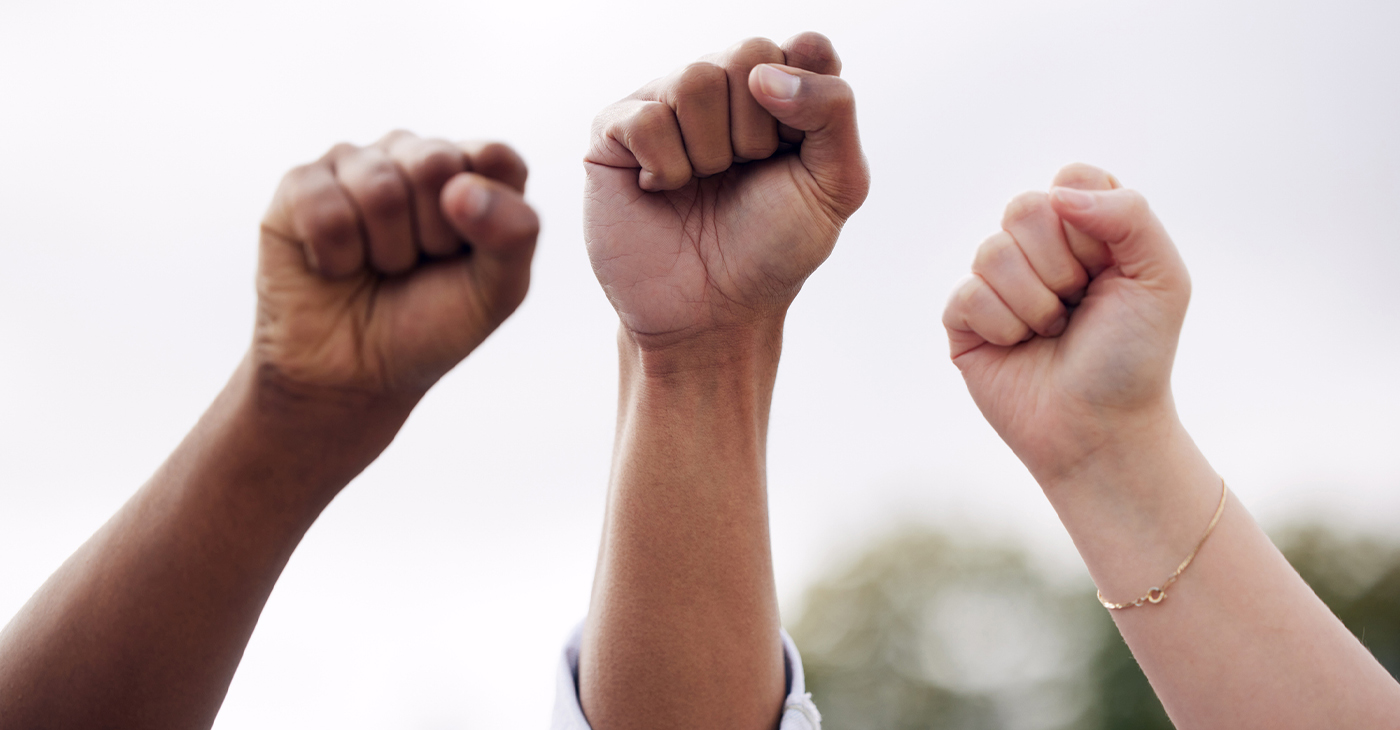
By Emil Guillermo
How the nation’s first College of Ethnic studies came about, bringing together Latino, African American and Asian American disciplines may offer some clues as to how to ease the current turmoil on American college campuses over the Israel-Hamas war.
After the deadline passed to end the Columbia University encampment by 2 p.m. Monday, student protesters blockaded and occupied Hamilton Hall in a symbolic move early Tuesday morning.
Protesters did the same in 1968.
That made me think of San Francisco State University, 1968.
The news was filled with call backs to practically every student protest in the past six decades as arrests mounted into hundreds on nearly two dozen campuses around the country.
In 1970, the protests at Kent State were over the Vietnam War. Ohio National Guardsmen came in, opened fire, and killed four students.
Less than two weeks later that year, civil rights activists outside a dormitory at Jackson State were confronted by armed police. Two African American students were killed, twelve injured.
But again, I didn’t hear anyone mention San Francisco State University, 1968.
That protest addressed all the issues of the day and more. The student strike at SFSU was against the Vietnam war.
That final goal was eventually achieved, but there was violence, sparked mostly by “outside agitators,” who were confronted by police.
“People used the term ‘off the pigs’ but it was more rally rhetoric than a call to action (to actually kill police),” said Daniel Phil Gonzales, who was one of the strikers in 1968.
Gonzales, known as the go-to resource among Filipino American scholars for decades, went on to teach at what was the positive outcome of the strike, San Francisco State University’s College of Ethnic Studies. It’s believed to be the first of its kind in the nation. Gonzales recently retired after more than 50 years as professor.
As for today’s protests, Gonzales is dismayed that the students have constantly dealt with charges of antisemitism.
“It stymies conversation and encourages further polarization and the possibility of violent confrontation,” he said. “You’re going to be labeled pro-Hamas or pro-terrorist.”
That’s happening now. But we forget we are dealing not with Hamas proxies. We are dealing with students.
Gonzales said that was a key lesson at SF State’s strike. The main coalition driving the strike was aided by self-policing from inside of the movement. “That’s very difficult to maintain. Once you start this kind of activity, you don’t know who’s going to join,” he said.
Gonzales believes that in the current situation, there is a patch of humanity, common ground, where one can be both pro-Palestine and pro-Israel. He said it’s made difficult if you stand against the belligerent policies of Benjamin Netanyahu. In that case, you’re likely to be labeled antisemitic.
Despite that, Gonzales is in solidarity with the protesters and the people of Gaza, generally. Not Hamas. And he sees how most of the young people protesting are in shock at what he called the “duration of the absolute inhumane kind of persecution and prosecution of the Palestinians carried out by the Israeli government.”
As a survivor of campus protest decades ago, Gonzales offered some advice to the student protesters of 2024.
“You have to have a definable goal, but right now the path to that goal is unclear,” he said.
About the Author
Emil Guillermo is a journalist and commentator. A veteran newsman in TV and print, he is a former host of NPR’s “All Things Considered.”
-

 Community3 weeks ago
Community3 weeks agoFinancial Assistance Bill for Descendants of Enslaved Persons to Help Them Purchase, Own, or Maintain a Home
-

 Activism4 weeks ago
Activism4 weeks agoOakland Post: Week of April 3 – 6, 2024
-

 Business3 weeks ago
Business3 weeks agoV.P. Kamala Harris: Americans With Criminal Records Will Soon Be Eligible for SBA Loans
-

 Activism3 weeks ago
Activism3 weeks agoOakland Post: Week of April 10 – 16, 2024
-

 Community3 weeks ago
Community3 weeks agoAG Bonta Says Oakland School Leaders Should Comply with State Laws to Avoid ‘Disparate Harm’ When Closing or Merging Schools
-

 Community2 weeks ago
Community2 weeks agoOakland WNBA Player to be Inducted Into Hall of Fame
-

 Community2 weeks ago
Community2 weeks agoRichmond Nonprofit Helps Ex-Felons Get Back on Their Feet
-

 Community2 weeks ago
Community2 weeks agoRPAL to Rename Technology Center for Retired Police Captain Arthur Lee Johnson




